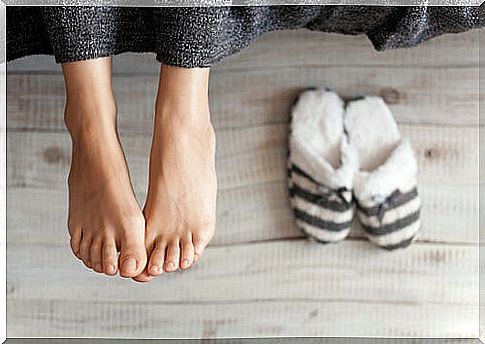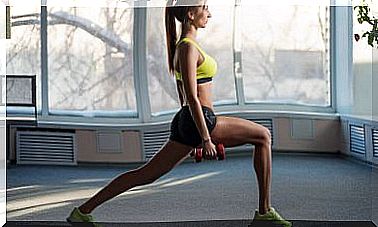Types Of Heels Bad For Health
Yes, it is true, heels are very pretty. However, that does not mean that they do not harm us. “To be beautiful, you have to see stars” says a popular saying. However, there is no need to suffer from inappropriate footwear. Does that mean that heels are bad for your health?
In this article, you will learn how heels affect your health. Also which ones are recommended according to the activities you do and how to avoid the damage of this type of footwear.
Are all heels bad for you?
Stiletto heels
The worst shoes women can wear are thin, high-heeled shoes, known in some places as “stilettos.” These heels can be bad for your health because the weight of the body falls on the metatarsal, that is, where the toes are, putting great pressure on a single point.
In turn, the knees and hips lean forward and affect the overall balance of the body, weakening the health of the legs and back. Wearing this type of footwear a lot could damage from the ankles to the lower back.
Platforms
In the case of platform shoes, there are also problems. Many may say that the weight is distributed throughout the foot, but it is not. These can also be unhealthy heels.
Like long, thin-heeled shoes, the pressure is still exerted by the fingers, although with a thick heel the heel is a little more protected.
Platforms could cause corns, bunions, ankle pain, and back pain.
You may be interested: What is the tailor’s bunion?
Ankle boots
High-heeled ankle boots may be a bit more secure, but you don’t have to trust them either. A part of the body weight falls on the toes as the heel gets bigger. This means that the higher it is, the greater the damage could be.
Low-top sneakers
Low shoes, also called “chatitas”, are used for different occasions. Of course, they must be careful, since being totally low and without a heel, they could not provide the adequate arch for the foot, forcing it to work twice. In addition, this can lead to inflammation, back or heel pain, and even fractures.
Tennis or sports
Finally, “tennis” shoes, those used for sports or hiking, have better support for the feet. However, its frequent use can cause fungus, especially if a cotton sock is not used.
More facts about the use of heels for health
Women suffer four times more foot problems than men. This is mainly due to footwear with a heel. When we put our bare feet on the ground, the front part (metatarsal) supports 43% of the weight in each step and the remaining 57% is absorbed by the heel.
- If the heel is 4 cm high, this percentage changes, being the other way around.
- When the heel is 6 cm, the greatest pressure is on the toes, with 75%.
- When it is greater than 10 cm, 90% of the weight is on the metatarsal.
Joints affected by the use of heels
The use of unhealthy heels unbalances the weight distribution. Therefore, we change our general position.
The first joint to suffer from it is the ankle. Therefore, women are more likely to suffer sprains if they wear heels.
Because the back of the leg must compensate for the weight that has been moved forward, it contracts and shortens, causing discomfort and contractures in the calves.
The knee is another joint that is overloaded when wearing heels, because the tension is increasing from the sole of the foot up. The flexion we do is greater than when barefoot, unbalancing the quadriceps and the rectus femoris of the leg.
It has been proven, through studies such as the one published in 2016 by the BMJ Open magazine , that the use of heels is related to injuries, musculoskeletal pain and other conditions, such as the following:
- Misalignment of the hip joint, increased lumbar and back pain.
- Appearance of bunions and calluses.
- Deformation of the fingers.
- Swelling and pain all over the foot.
See also: Flat feet, what are they and how are they treated?
Heels bad for your health: stop wearing them?

It is important to know that it is not necessary to stop wearing heels drastically. In fact, it is also not good not to wear anything with a heel, as we have explained previously.
A good option may be to wear shoes that are about 2 cm high, so that the metatarsal and calcaneus support is equal, 50% for each region.
The height should not be greater than 3 cm and if you like them tall, opt for platforms that do not damage your foot so much, or use them only occasionally.
If you wear heels from time to time to go out or on a special occasion, no problem. What is not recommended is to wear them every day for many hours.
If you can’t wear other shoes, a good idea is to keep another pair in your bag. When you come and go, you put on some more comfortable ones and when you arrive you change them. If you are behind a desk, you can take them off and on when you need to get up.
The narrower the shoe, the less damage it will give you. When it comes to material, leather is recommended (if possible, synthetic). The fingers will be immobilized and will not move “freely”.
Be aware of the damage that heels can do to your health. You may not notice it or you may not feel very bad pain, but continued use of these shoes could result in negative consequences for your health.









